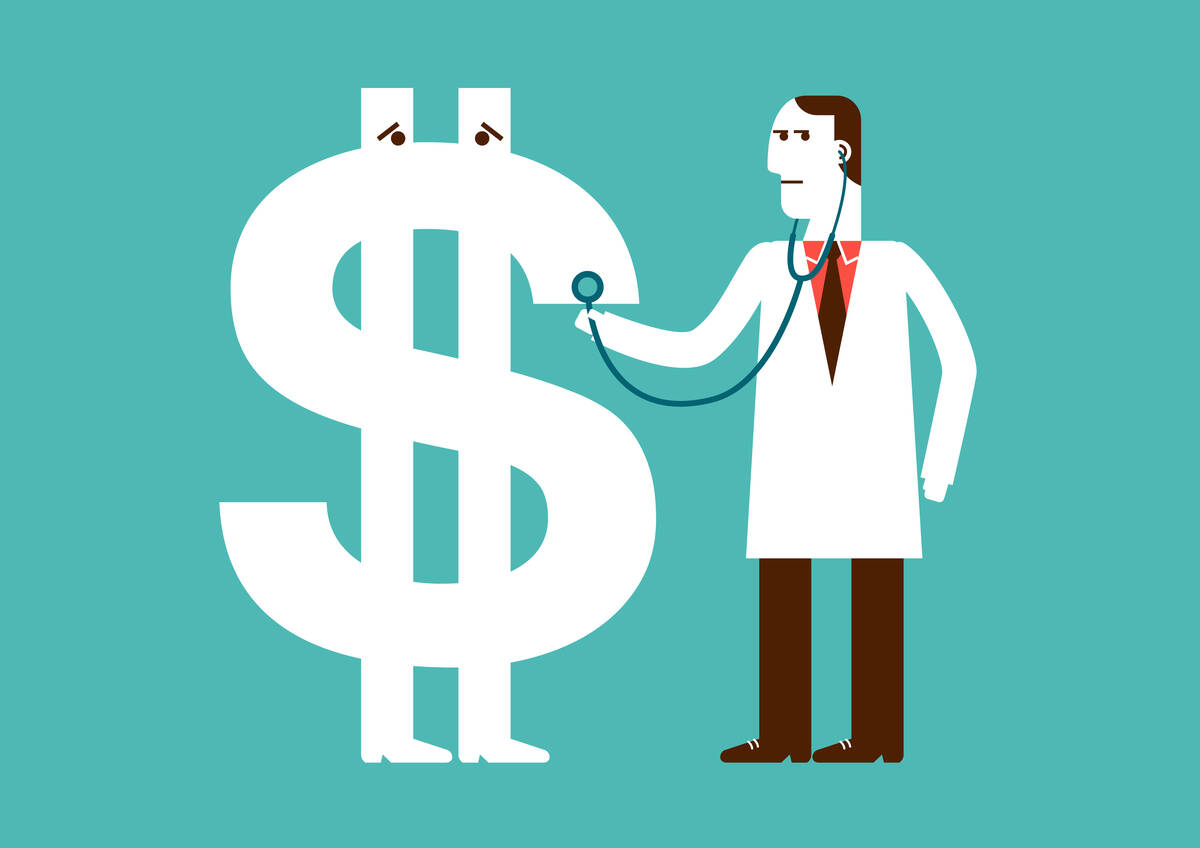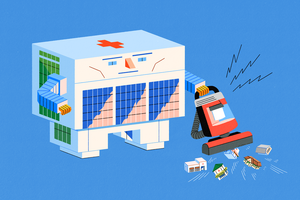Did spending slow as the overall economy stalled during the recession? And will it rebound as the economy improves?
The answers to these questions are critical. Healthcare spending represented over 17 percent of U.S. GDP in 2011—and where it is headed in the future impacts a lot of players.
“If the ACA has had a profound, permanent effect on health spending,” says David Dranove, a professor of strategy, “that would lead everyone to reduce spending forecasts, and that would affect government budgets, business spending, and other areas.”
If Obama is right and the ACA has driven a structural shift in healthcare spending, that would free up federal resources for other aspects of the economy, from defense to education. If, on the other hand, the reduced spending was simply due to the slowdown, healthcare spending would inevitably rise with the economy.
To get at the answer, Dranove worked with Craig Garthwaite, an assistant professor of strategy, and Christopher Ody, a research assistant professor of strategy, to link variations in local employment rates to healthcare spending. The researchers found that economic factors explain a full 70 percent of the reduction in private healthcare spending and a smaller but still meaningful proportion of reduced post-recession Medicare spending.
That means the ACA has not had the more permanent, structural effect on spending that the Obama administration has touted and that a rising economy most likely heralds an upswing in healthcare spending.
Looking Local
The researchers sought to understand why healthcare spending grew only 3.3 percent a year from 2008 to 2011 after having grown 6.6 percent annually from 2000 to 2007.Previous studies have linked macroeconomic trends to healthcare spending. But those studies are not recent, and most used the GDP as the economic measure. Dranove says this is a poor barometer of economic health since the downturn.
“The GDP recovered quickly, but the growth is in the tail—and there’s only so much healthcare that Mark Zuckerberg is going to purchase,” he says. In other words, average Americans, whose spending drives the health economy, have not seen as fast a recovery as those at the top of the income ladder. So the researchers needed a more relevant economic measure.
They found it in local employment data.
“The economy has recovered unevenly, with some regions recovering quickly or never really hit hard, and others still recovering to this day,” Dranove says. By using local employment rates, the researchers were able to study the link between the health of a local economy and spending on healthcare there.
“Especially for people under 65, even if you have health insurance, not everything is covered,” Dranove says. “You might have a big deductible and coinsurance, so even if the doctor says you should have this done, you might not automatically agree. Cost is an issue.”
To understand healthcare spending, the researchers used data from the Health Care Cost Institute (HCCI), a nonprofit organization that built the largest database to date on U.S. private healthcare insurance claims.
They examined HCCI data on spending from 40 million people enrolled with Aetna, United Healthcare, and Humana—three of the largest private U.S. insurers. They studied any spending that went toward the services of healthcare providers, as well as spending on medical supplies, drugs, devices, and diagnostics.
Their findings were clear and dramatic: better local economic conditions, as measured by employment rates, meant higher local healthcare spending, and vice versa. For example, harder-hit areas like Las Vegas showed much smaller increases in healthcare spending than did locales less affected by the recession, such as Dallas.
Overall, economic conditions accounted for 70 percent of the observed reduction in healthcare spending in 2009–2011 compared with the 2007–2009 period. “The ACA might explain the other 30 percent of the spending reduction,” Dranove says, “but it would be a gross overstatement to say that the legislation was responsible for the majority of the reduction in overall health spending.”
What About Medicare?
The findings received significant coverage in the press when published in August 2014. But some who read it argued that the results did not apply to Medicare beneficiaries because they tended not to be employed and thus their healthcare spending would be less affected by the labor market.
“We agreed it wouldn’t have as big a direct effect on seniors,” Dranove says, “but some seniors work and some rely on family to help pay for medical bills, so there still might be some effect of economic conditions on health spending.”
Inspired by these comments, the researchers performed a second study. This time they linked local employment rates to data on Medicare spending from the government’s Centers for Medicare and Medicaid Services. Their findings, while still meaningful, were less dramatic.
The researchers found that economic factors explained about 14 percent of reduced healthcare spending among Medicare beneficiaries during 2009–2012 compared with 2004–2009. Other contributors included the ACA’s built-in payment reductions for services covered by Medicare. (Medicare spending represents about 20 percent of recent national healthcare spending.)
Overall then, while economic factors again played a role in healthcare spending, it was much smaller than for private spending. “People under 65 [those not on Medicare] simply have more skin in the game,” in the form of a greater dependence on employment-related income, Dranove says. “So it’s a more direct affect.”
An Uncertain Future
Recent healthcare spending trends have provided strong support for the researchers’ findings. As the economy has recovered, spending has increased to close to pre-2008 levels. “Health spending has picked up,” Dranove says, “exactly what we would have predicted from our model.”
Still, one of the biggest takeaways from the research is not to jump to conclusions about the ACA’s effects on healthcare spending so far—in either direction. “If we see a slowdown in health spending for the private sector now,” Dranove says, “that would mean the ACA is actually overcoming economic effects on spending—and that would mean a huge structural change.”




